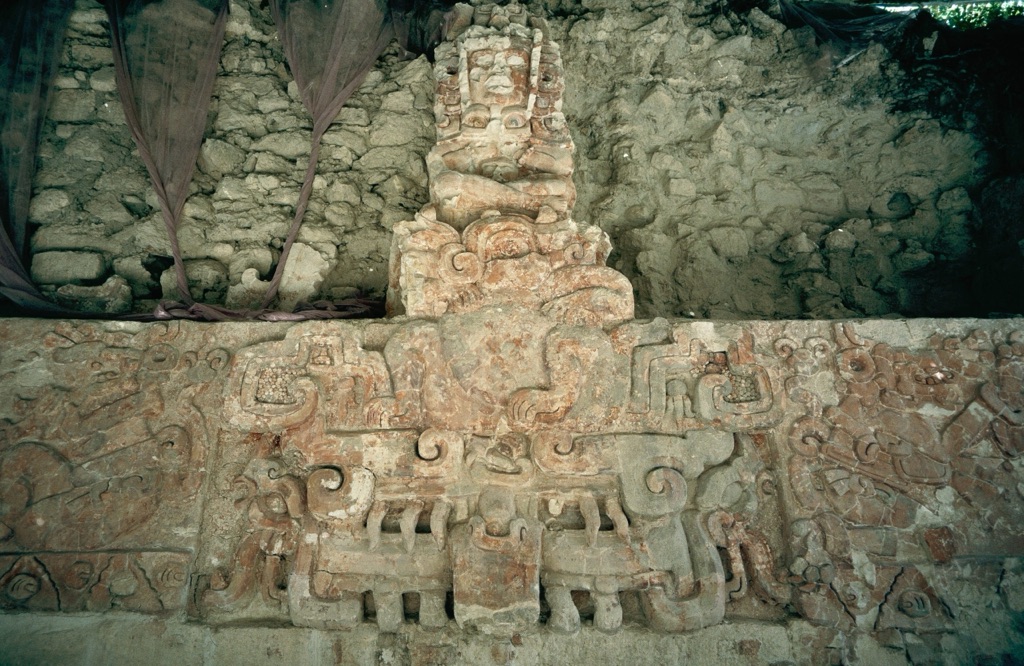Balamku, known for its exceptional preservation of Maya frescoes, is an ancient Maya archaeological site in Campeche, Mexico. Discovered in 1990, it has provided significant insights into Maya civilization. The site’s name means ‘Jaguar Temple’ in the Maya language. Balamku’s frescoes are a key highlight, offering a glimpse into the religious and social practices of the Maya people.
The Ancient Maya
Ancient Maya Historical Sites and Ruins
Maya Mythology
Gods and Goddesses
| Kukulkan |
| Chaac |
| Ix Chel |
| Ah Puch |
| Itzamna |
Ancient Maya Artifacts
| Chac Mool |
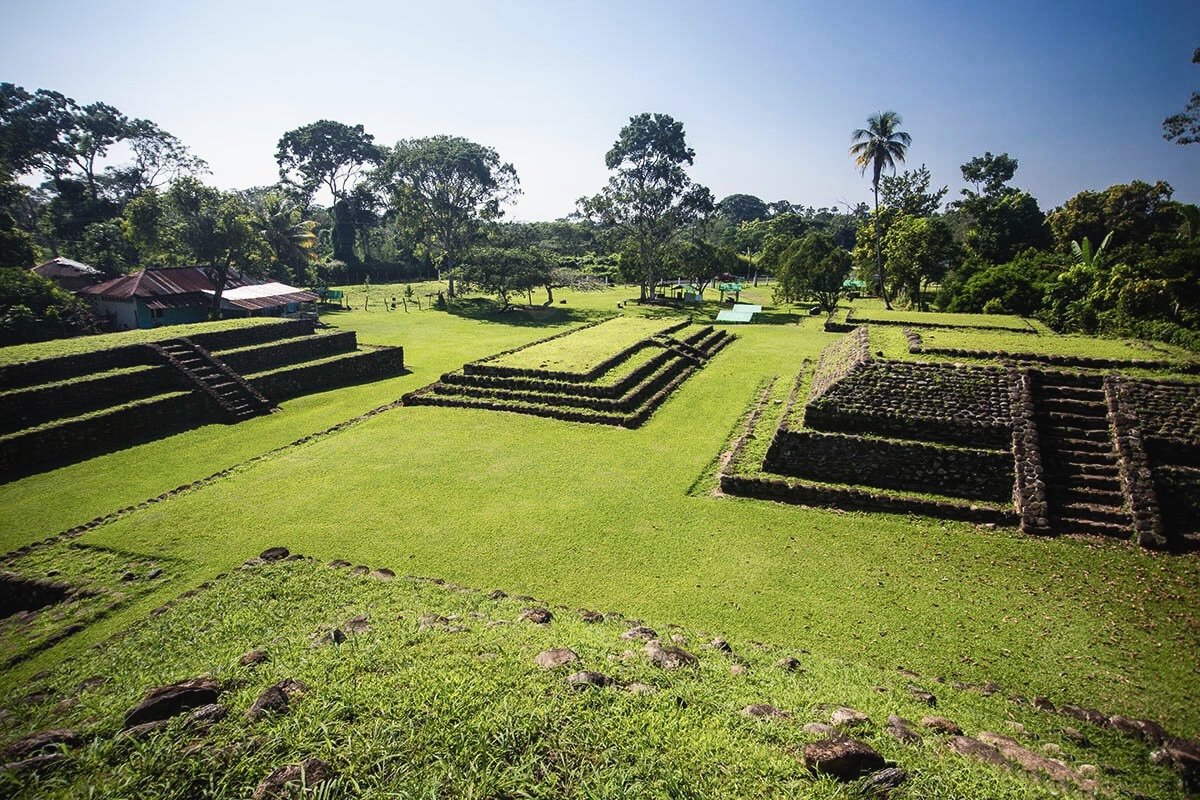
Izapa
Izapa, a significant pre-Columbian archaeological site, is located in the Mexican state of Chiapas. It is renowned for its occupation during the Late Formative period. The site’s strategic position on the Izapa River, a tributary of the Suchiate River, and its proximity to the Tacaná volcano, the sixth tallest mountain in Mexico, have contributed to its historical significance and archaeological interest.
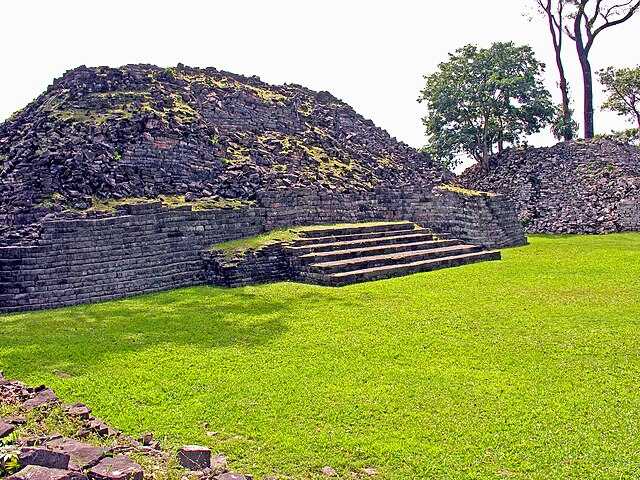
Lubaantun
Lubaantun is a pre-Columbian archaeological site of the Maya civilization located in the southern district of Toledo, Belize. Known for its distinctive architecture, which includes large pyramids and platforms arranged in a series of terraces, Lubaantun stands out as a significant center of the Late Classic period Maya. The site is famous for the discovery of the controversial Crystal Skull by the daughter of archaeologist F.A. Mitchell-Hedges. Lubaantun’s structures are primarily made from black slate rather than the limestone typical of the region. This has intrigued archaeologists and visitors alike, as it presents a unique example of Maya stone construction techniques.
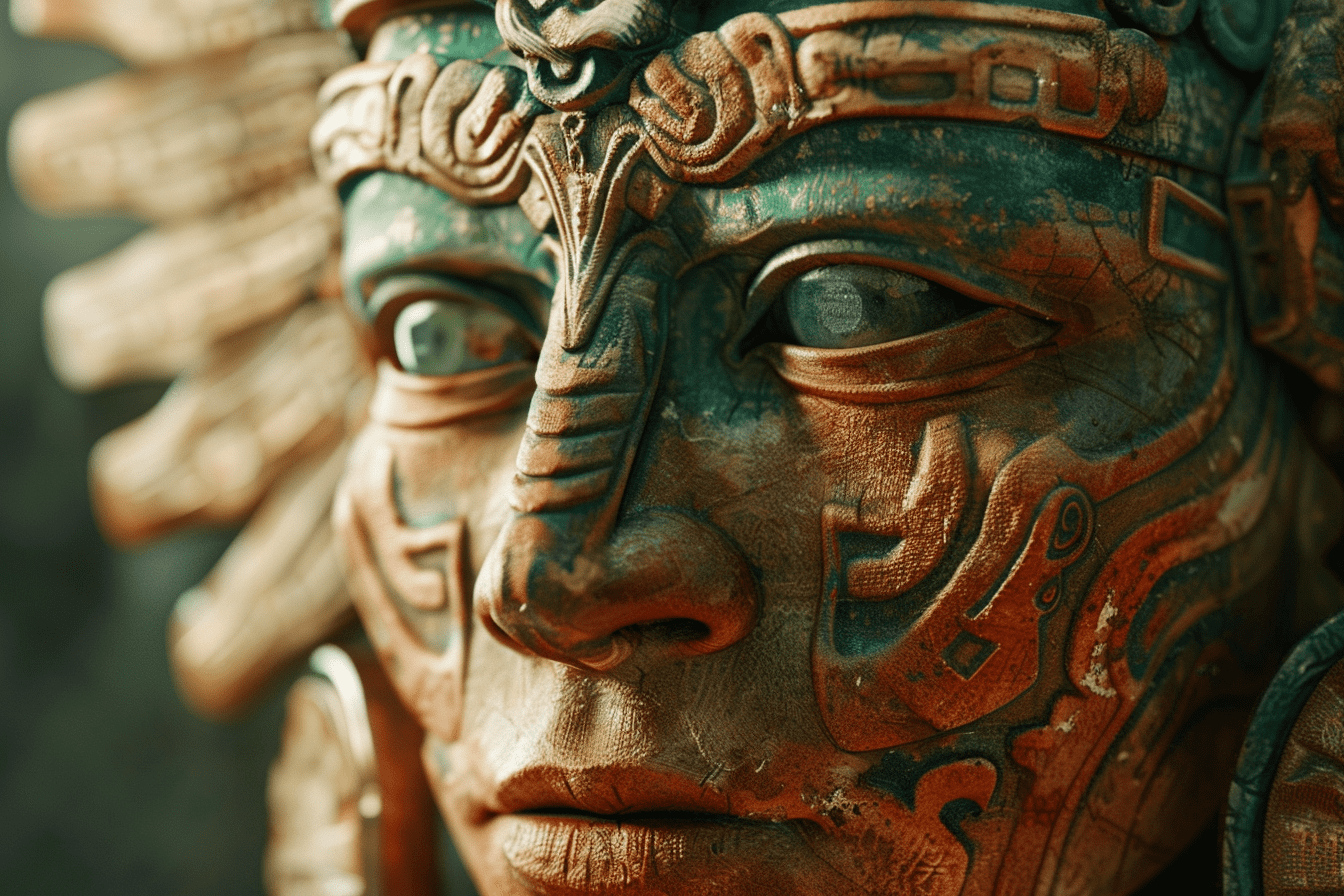
Itzamna
Itzamná, often regarded as one of the most significant deities in the ancient Maya pantheon, is traditionally viewed as a creator god and a patron of writing, learning, and the sciences. The origins of Itzamná are shrouded in the mists of Mesoamerican prehistory, with his name and attributes suggesting a deep-rooted significance in Maya mythology. Itzamná is frequently identified as the son of the creator couple Hunab Ku and the brother or consort of Ix Chel, a moon goddess associated with fertility and childbirth.
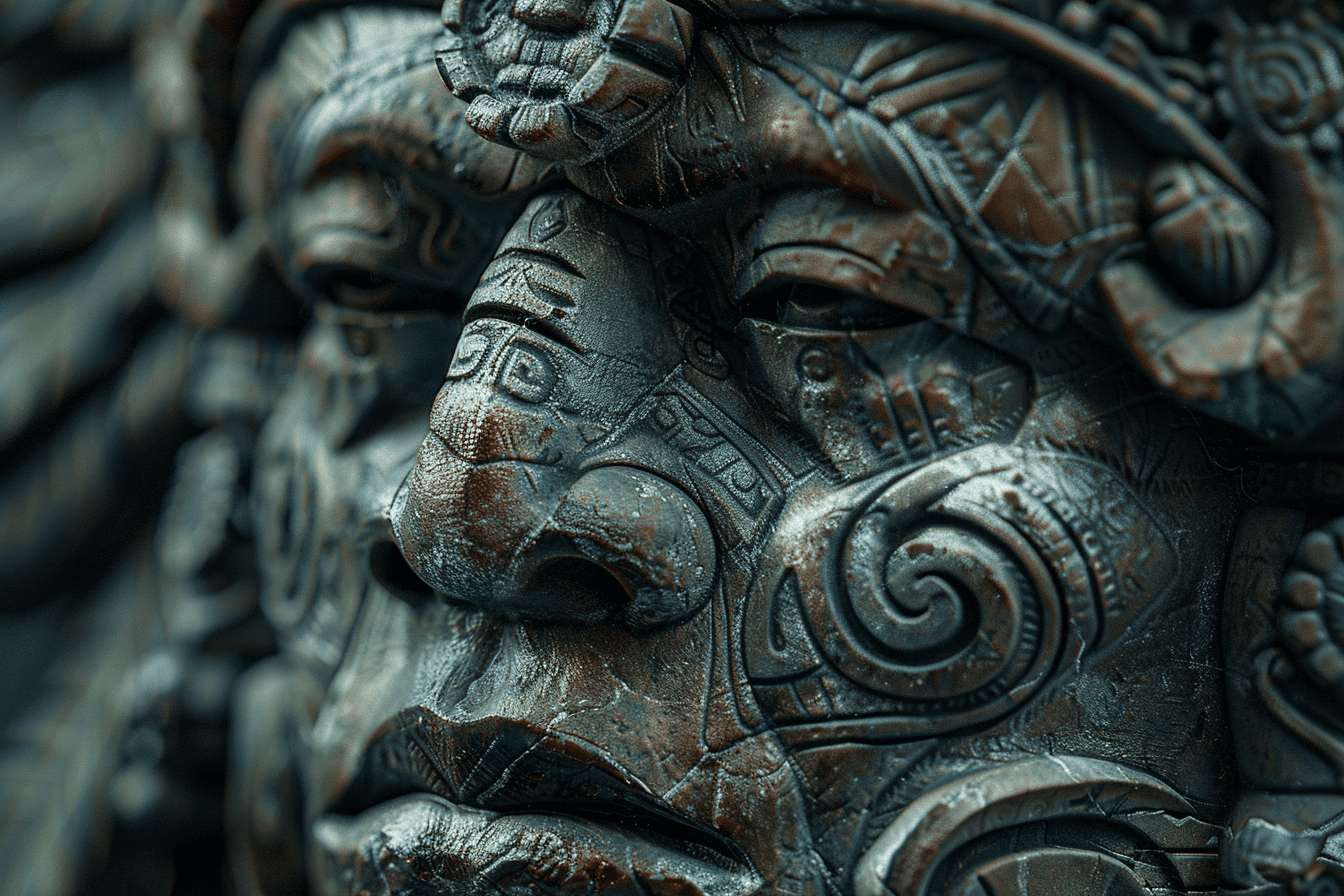
Ah Puch
Ah Puch, known in the Maya civilization as the god of death, holds a significant place in the pantheon of Mayan deities. His presence is a testament to the complex relationship the ancient Maya had with the concept of death and the afterlife. The etymology of Ah Puch’s name is somewhat debated among scholars, but it is often associated with a sound that mimics the rattle of bones, a fitting imagery for the deity of death. In the Mayan pantheon, Ah Puch’s role was not just to oversee the dead but also to govern over the darker aspects of the human experience, including decay and disaster.
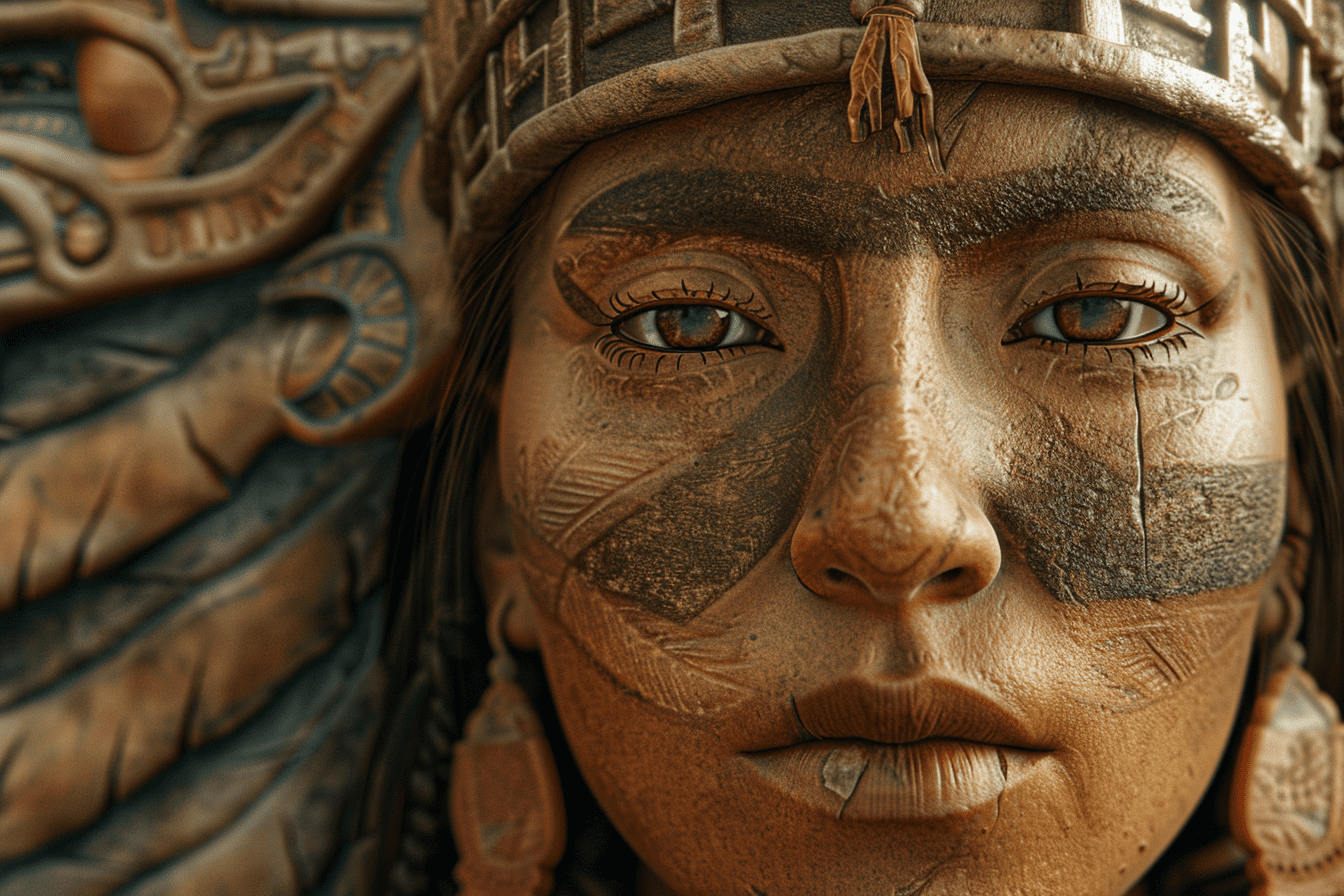
Ix Chel
Ix Chel, a pivotal deity in the Maya pantheon, is often associated with fertility, childbirth, medicine, and weaving. Her mythology and origins are deeply embedded in Maya creation myths, where she is depicted as a powerful entity with a dual nature—both nurturing and destructive. According to these myths, Ix Chel, sometimes considered the wife of the sun god, Kinich Ahau, plays a crucial role in the cycle of life and death, embodying the paradox of creation and destruction.

